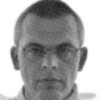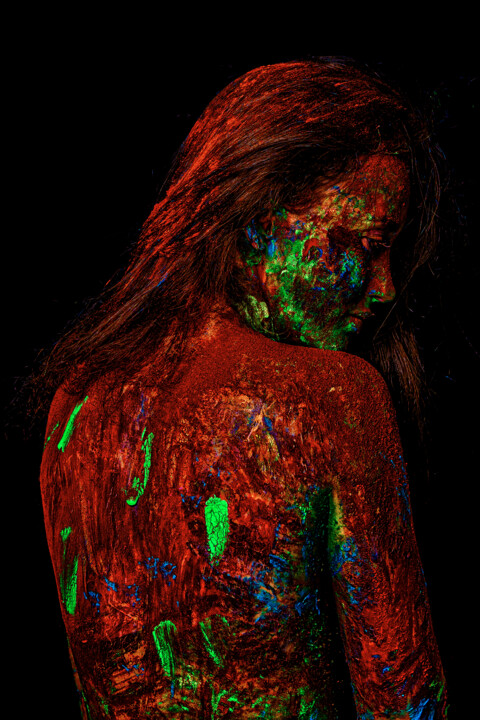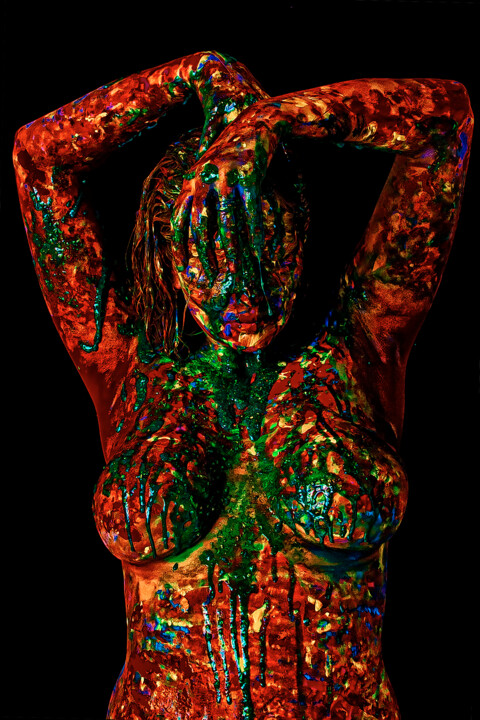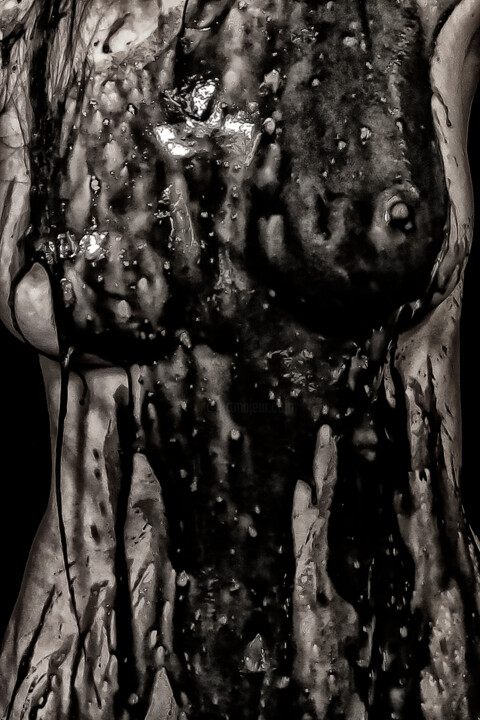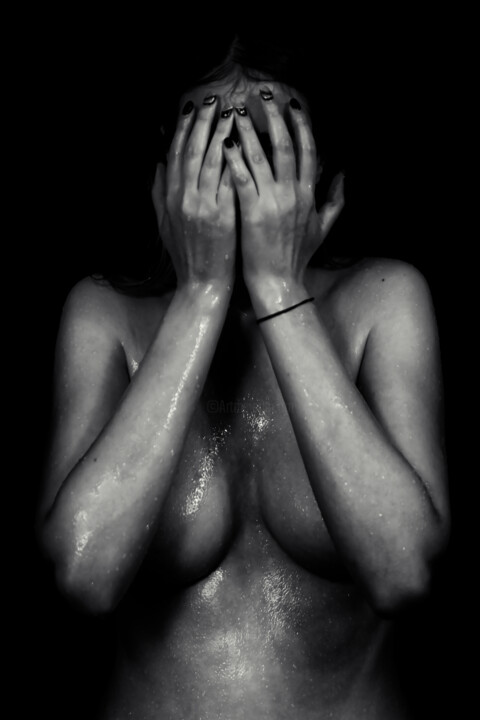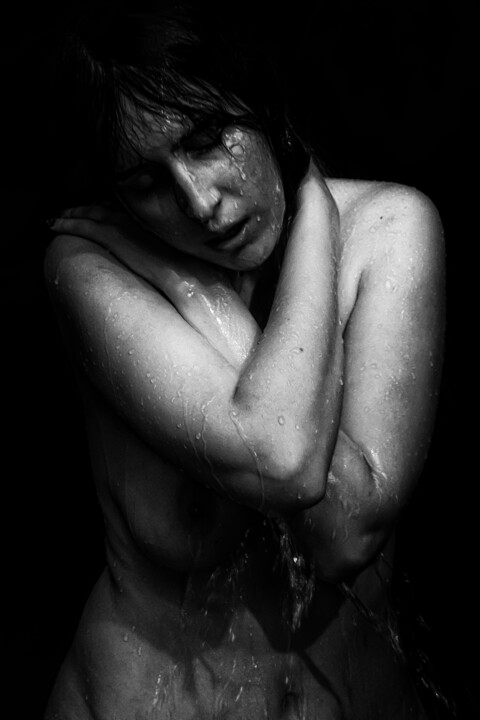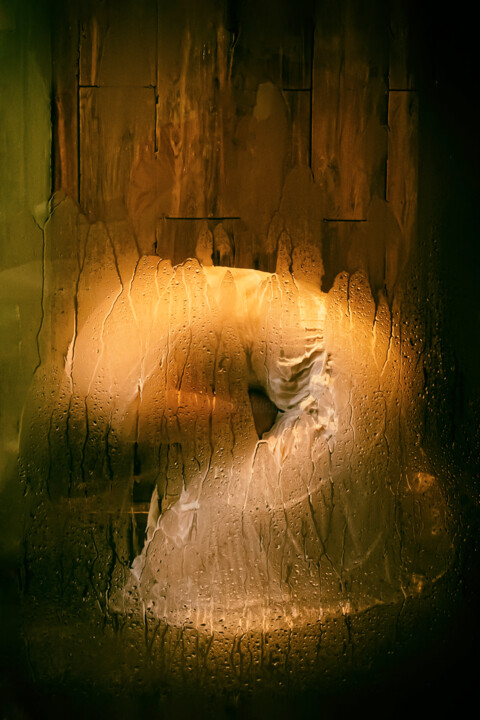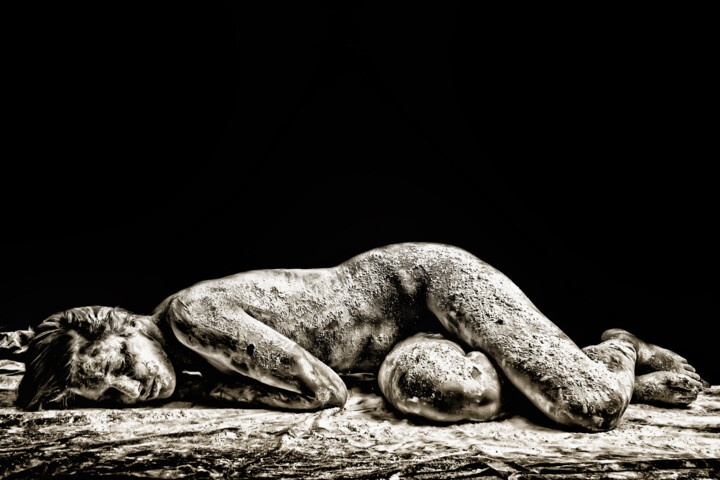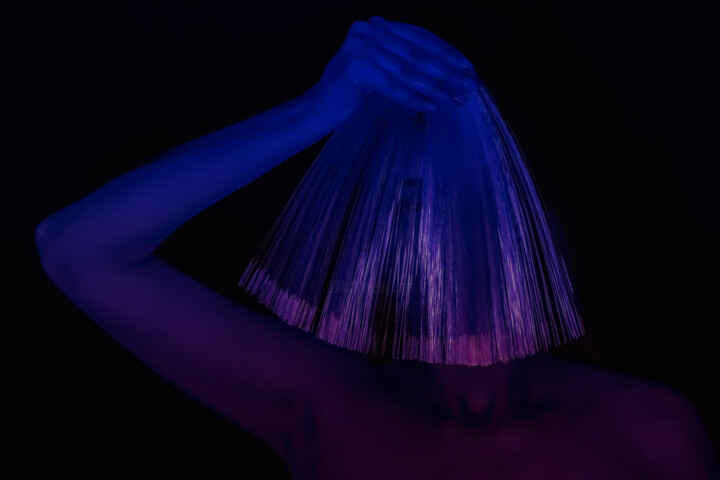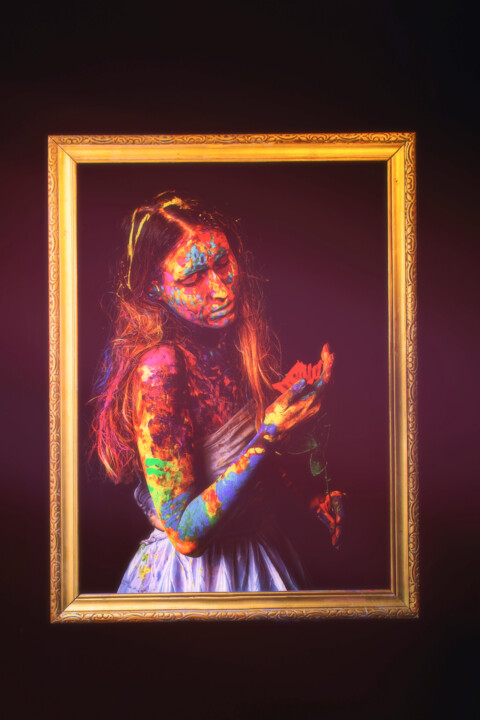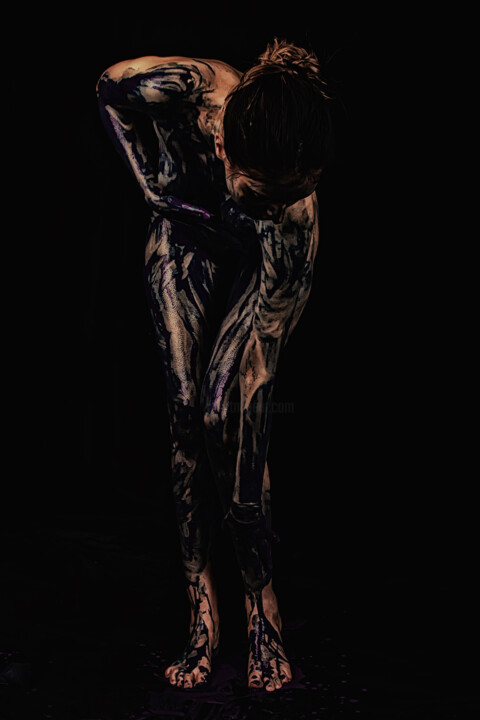What inspired you to create art and become an artist? (events, feelings, experiences...)
I have always had an openness to art and philosophy. I also studied philosophy because of this. I am absolutely fascinated by what the human mind can create and by the diversity of ways artists express themselves. I had a passion for photography since I was a child but I always had the feeling that a photograph is too simple and often too banal. I wanted to do something special, to go further but until 3 years ago I didn't know what and how I could do that. In 2020 I tested for the first time the use of colour on the skin of models using a video projector. It then became an obsession to create something even more special and special.
What is your artistic background, the techniques and subjects you have experimented with so far?Although I have a photography course, it hasn't helped me with my work because what I do I often can't find in the many photography books I have in my library. So I can't say that I am educated in what I do and this I consider a great advantage because I experiment myself and create my own path, I don't take inspiration from anyone.
In that I especially like to play with colours and I also love film photography which I find amazingly creative although it has a number of limitations compared to digital. As subjects for photography I love colours, photographs in abandoned places and the black and white photos that help you to transmit feelings much more.
What are the 3 aspects that differentiate you from other artists, making your work unique?
Although I have a photography course, it hasn't helped me with my work because what I do I often can't find in the many photography books I have in my library. So I can't say that I am educated in what I do and this I consider a great advantage because I experiment myself and create my own path, I don't take inspiration from anyone.
In that I especially like to play with colours and I also love film photography which I find amazingly creative although it has a number of limitations compared to digital. As subjects for photography I love colours, photographs in abandoned places and the black and white photos that help you to transmit feelings much more.
Where does your inspiration come from?
The photoshoots we do are very spontaneous. I never work with mood-boards because I feel it limits your creativity. Inspiration comes to me when I'm with the model in front of me and we think together about an idea I had in my head. But we pretty much always start from that idea and end up creating something absolutely different from the initial idea. Photoshoots are often a lot of ideas, a lot of testing, and they often come out with something that surprises us.
What is your artistic approach? What visions, sensations or feelings do you want to evoke in the viewer?
My rule of thumb is to create something that you can't pass by indifferently but to steal your eye and force you to stop and see it in more detail. We aim for each picture to evoke a mood, to feel like a story. In some pictures we try to create that story ourselves, but in the series Playing with the Absurd we have created some paintings with which the viewer can create their own story.
In the series of colour pictures we have tried and succeeded in making the viewer wonder if what they have seen is a painting or a photograph.
In the series of colour pictures we have succeeded in making the viewer wonder if what he has seen is painting or photography. There were many unsuccessful tests, but in the end we learned that to get the desired effect we have to generate textures. A series of tests with different materials followed and the first work where the texture came out as we wanted was Nestling in colours which is almost 3d because of the textures. We saw people at exhibitions putting their hands on the work to see whether or not the shapes were in relief and this gave us great joy. We had succeeded
What is the process of creating your works? Spontaneous or with a long preparatory process (technical, inspiration from art classics or other)?
The whole process of creating a work is unplanned, based on the outcome of discussions between myself and the model I work with. With some models such as Maria Scîrlet with whom I have done dozens of photo shoots we already have a collaboration where we read each other's thoughts and create the works together. She uses her body to express her feelings, I use the equipment to highlight them. And in the end, most of the time the results exceed our expectations.
Do you use a particular work technique? if so, can you explain it?
No, I don't think they use special working techniques. After all bodypainting photography has been done for a long time, I do photo processing like other photographers in Adobe Photoshop, so I don't think I have any special technique. The way I use these tools that everyone else has makes me different from the rest.
Are there any innovative aspects in your work? Can you tell us which ones?
What I have noticed here in Romania is that I am the only one who does such work. And I think this is due to two factors. First of all, models are usually seen by photographers as simple tools to make a photo and not as partners who can come up with great ideas to make a work. The teamwork, the profit sharing with them is unique in Romania. Secondly, I think few people understand how we use paints, how we generate textures and how we process photos to make them stand out
Do you have a format or medium that you are most comfortable with? if yes, why ?
No, I don't, I like to experiment with everything
Where do you produce your works? At home, in a shared workshop or in your own workshop? And in this space, how do you organize your creative work?
I like to create my work in my small studio in the apartment where I also live. In Romania we live in blocks of flats with quite small rooms (about 20- 25 sqm) and the idea of making a studio seems quite questionable. But we don't see it that way. Yes, a small studio imposes a number of limitations, but very often it stimulates me and the models. There are times when we use so many lights and props that we end up not fitting in ourselves. Or the craziness makes us feel very creative to test new ideas. It's a state that's hard to put into words but it's addictive.
Does your work lead you to travel to meet new collectors, for fairs or exhibitions? If so, what does it bring you?
Every year we have exhibitions not only in my city but all over Romania. We travel a lot and try to promote art not only to promote ourselves in the hope of selling our work, but also as a way of education. From this year we will organize exhibitions primarily in small towns with limited access to culture.
How do you imagine the evolution of your work and your career as an artist in the future?
The search for the ultimate photograph will continue for me. I will find other and different mediums of expression, I am already working on combined art projects and from summer I will start exhibiting them. I never think about how my career will evolve but I think that with every shoot I do I will create something different from the previous one and find new ways to express myself.
What is the theme, style or technique of your latest artistic production?
At the last photoshoot I worked with Maria Scîrlet and Laura Lupșa again with colours but now bringing other props like the smoke machine and experimenting with motion photography. We managed to create something we had never done before.
Can you tell us about your most important exhibition experience?
I honestly think nothing compares to the first exhibition. Seeing your work exhibited in Bucharest, the capital of Romania, about 400 km from my studio in a huge hall, is a feeling you can't forget. I also spoke to the models and they all said that the emotional impact of exhibiting your work is amazing and motivates you to go on
If you could have created a famous work in the history of art, which one would you choose? And why ?
The work I like to look at is Edvard Munch's The Cry. It seems to me a work in which he has succeeded with little to create emotions, states that remain forever imprinted in your mind. I look at the work and feel the desperation of the one who screams, the indifference of the one behind. These are things I see every day in my country. And maybe that's what motivates me to try to make a difference through art.
If you could invite one famous artist (dead or alive) to dinner, who would it be? How would you suggest he spend the evening?
t's very hard to think of deceased artists, so I'm going to pick one who is alive and here I'm thinking of Jean Michel Jarre. If I were to have dinner with him, I would listen to his thoughts when it all started. How he managed to create his own special way with equipment that was available on the market but only he managed to use it in such a creative way. I think I would be too emotional to be very coherent when I come face to face with such an important man in my life who influenced me and still does. And I think I would be curious to understand how a man so important to human culture sees the future of art in general especially in the context of the evolution of artificial intelligence. So it would be. I would be excited, very very happy and listen without asking many questions and without telling much myself. And I think I'd learn some great things.

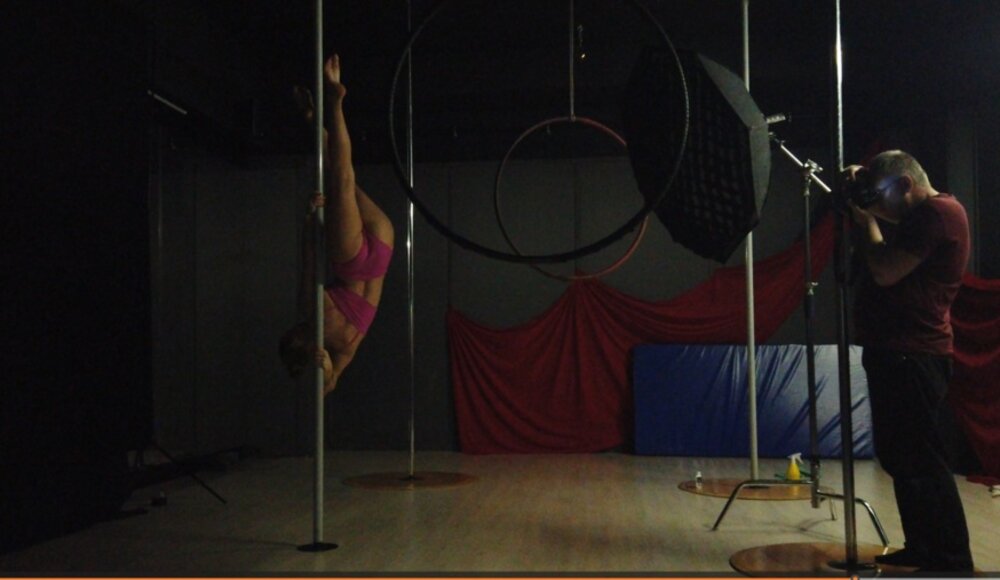





 Olimpia Gaia Martinelli
Olimpia Gaia Martinelli
